Blog Detail
Table of Contents

The Difference Between Closed-back and Open-back Hearing Aids
- Amy
- Nov 13, 2024
- 0 Comments
1. First, let's look at what an open hearing aid is and what a closed hearing aid is
An ‘open’ hearing aid is one that keeps your ear canal open.
A ‘closed’ hearing aid is one that seals your ear canal with a tightly fitting custom mould or rubber/silicone earplug, allowing little air in or out.
2. Effects of open hearing aids on sound quality
Open hearing aids are useful for early intervention for people with mild to moderate hearing loss. They amplify high-frequency sounds while still allowing low-frequency sounds to enter the ear naturally. This configuration helps the user maintain spatial awareness and natural sound quality, making the transition to using a hearing aid easier.
In the real world, open hearing aids typically provide more natural sound quality because they don't block the ear canal. By combining natural sound with amplified sound, open hearing aids create a more balanced listening experience.
Open hearing aids prevent the occlusion effect, the sensation of hearing your own voice as if you were talking into a bucket.
The occlusion effect (also known as the plugged ear effect), where the user has the sensation of hearing their voice as if they were hearing it in a barrel when wearing hearing aids or earplugs or headphones. After wearing hearing aids, the user's own chewing, swallowing, talking and breathing sounds will go through bone conduction causing the outer ear canal wall to vibrate, and the low frequency part of it will be amplified because of the occlusion effect, the sound can not leave from the ear canal, and constantly transmitted to the ear drums, the user will constantly hear the sound that is both noisy and hollow.
3. Hearing in noise
Open hearing aids can be problematic in noisy environments because they allow background noise to enter the ear along with the amplified signal. Therefore users with a slightly more severe hearing loss or those who need to perform daily activities in some very noisy environments are recommended to use closed hearing aids.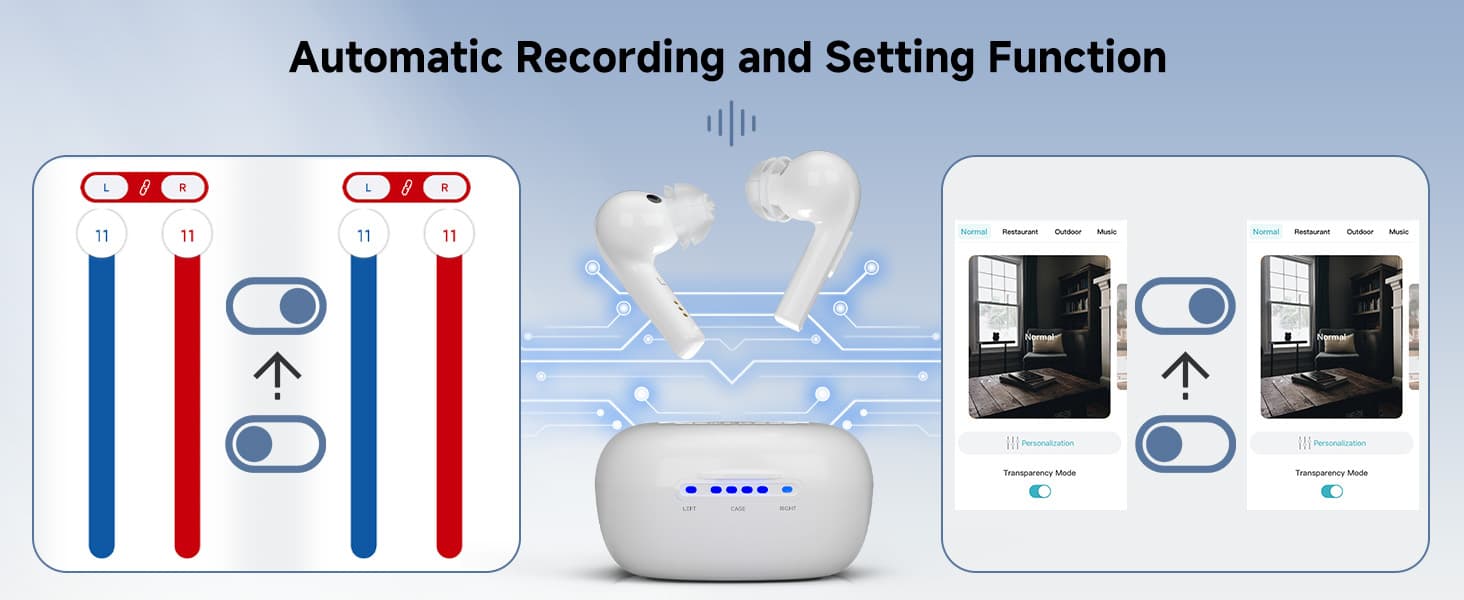
4. Bluetooth wireless streaming
Open hearing aids have an open design that allows sound to escape through the ear canal. This can lead to a decrease in overall sound quality, especially with louder or bass-heavy audio content.
Closed hearing aids provide better sound isolation, which can lead to richer, fuller sound quality during streaming.
As you can see, closed hearing aids and open hearing aids each have their own unique advantages, and we can choose the right hearing aid for us based on our habits, personal preferences, and the advice of our audiologists.
TWS Bluetooth hearing aids, not only look like an ordinary Bluetooth headset, as we age, our hearing health is more or less impaired, we can intervene in a timely manner, with the affordable Hearingsense 1, tailored to your personalised hearing settings, entertainment and hearing protection at the same time!
Durable hearing aid not only uses advanced algorithms to provide noise reduction and provide you with clear sound quality, but also provides four modes. The APP used is simple and applicable. It is a self-fitting hearing aid customized for middle-aged and elderly people. Its self-fitting function is also popular.


Hearing aids must provide sufficient amplification of high frequencies (treble) in cases of common age-related hearing loss. This can result in a less natural sounding hearing initially. But eventually, over time, your brain will adjust to these adjustments.

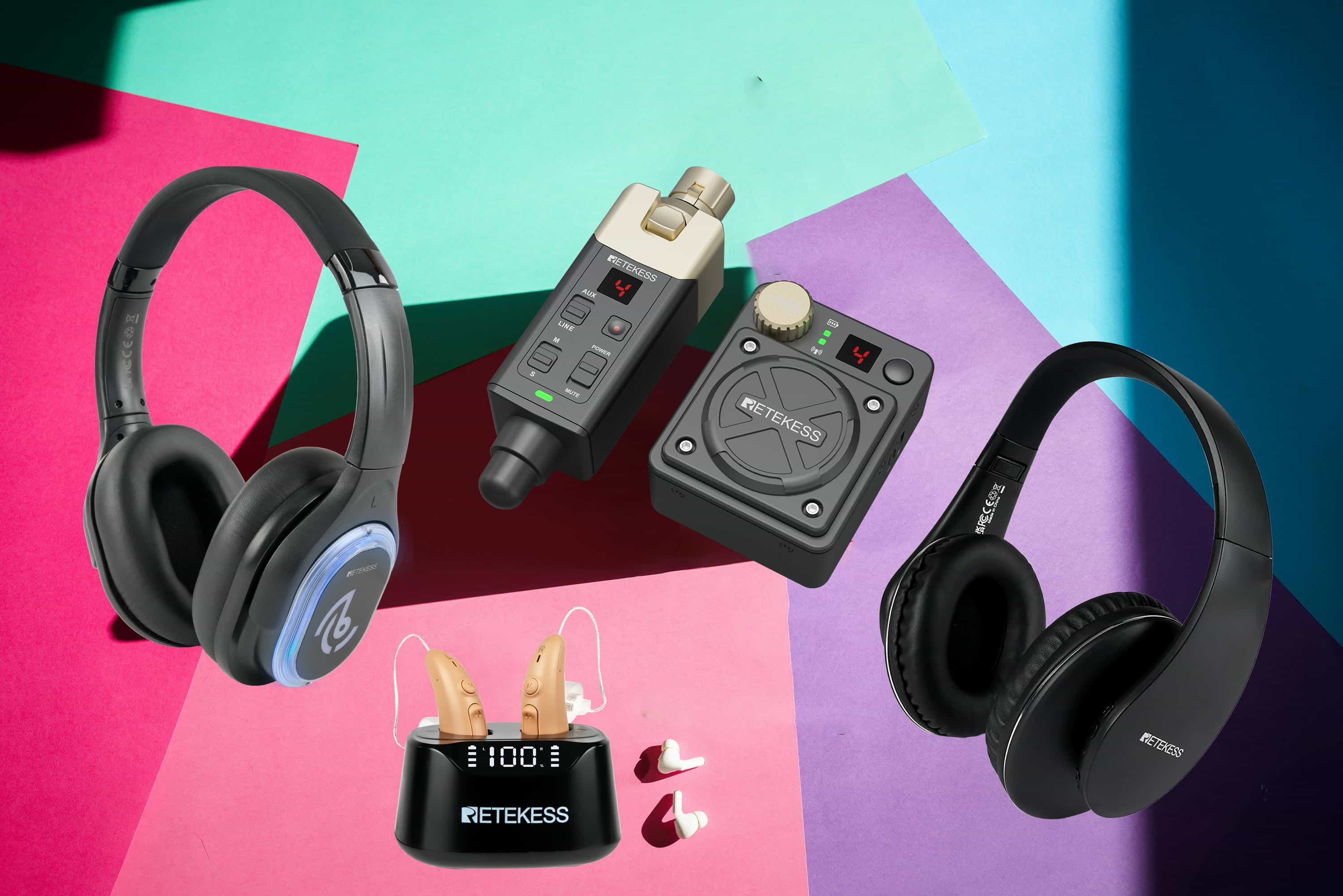
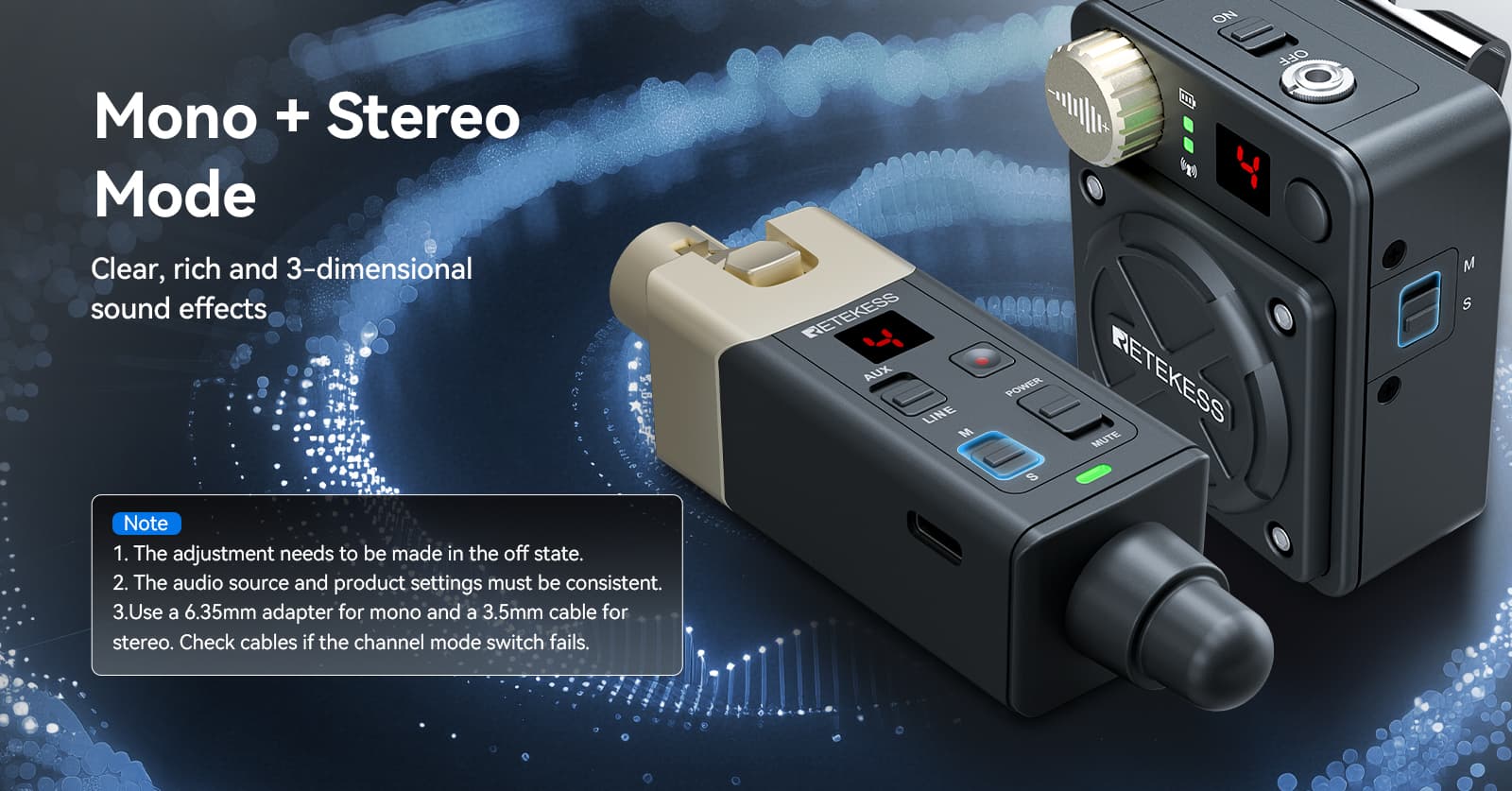


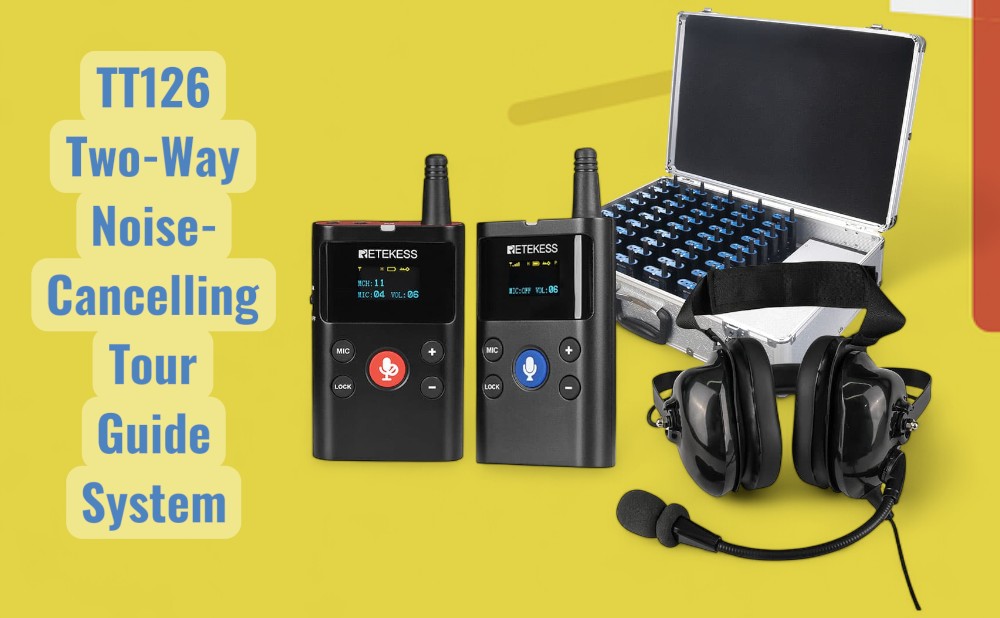



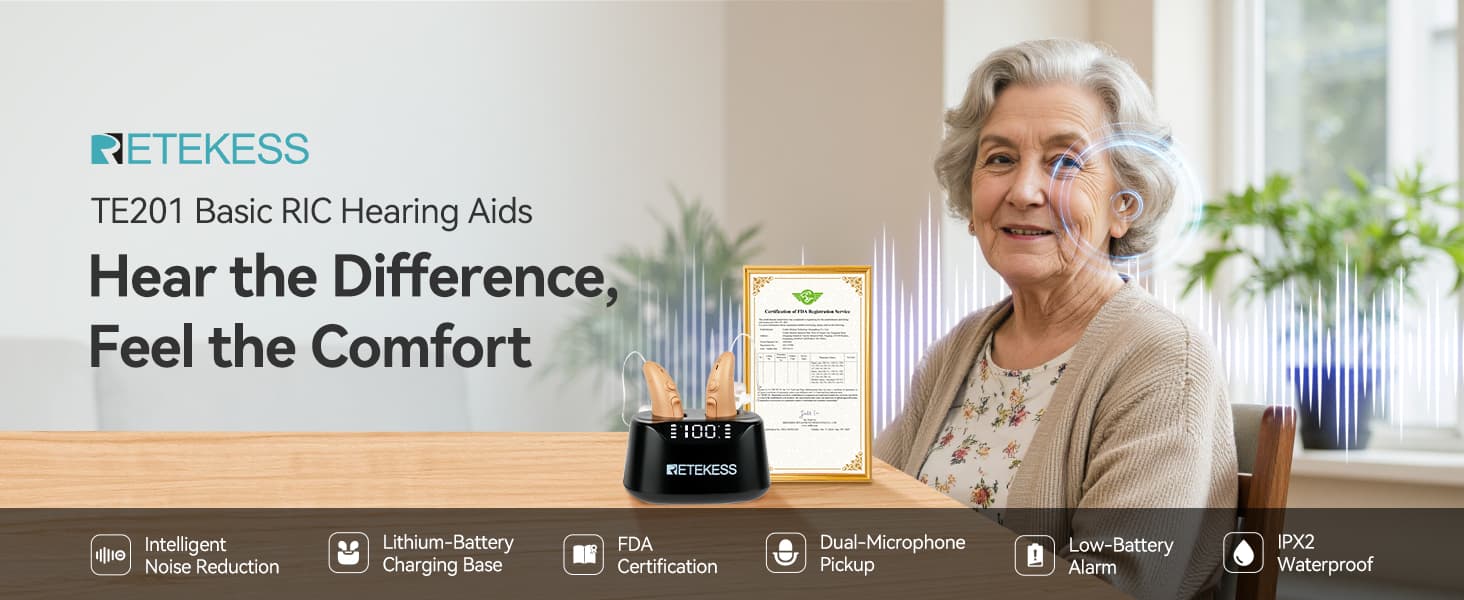
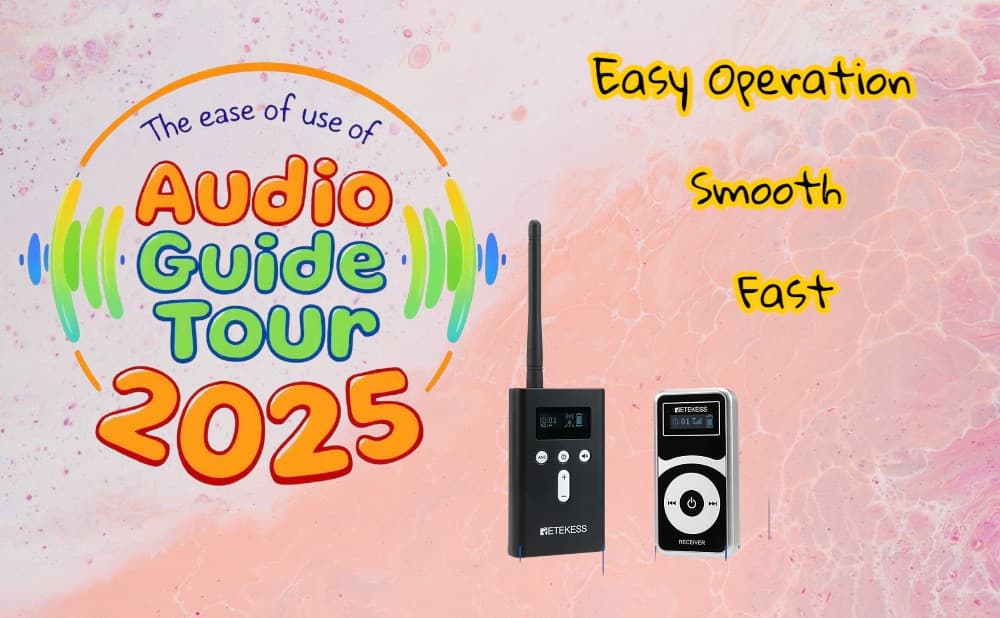
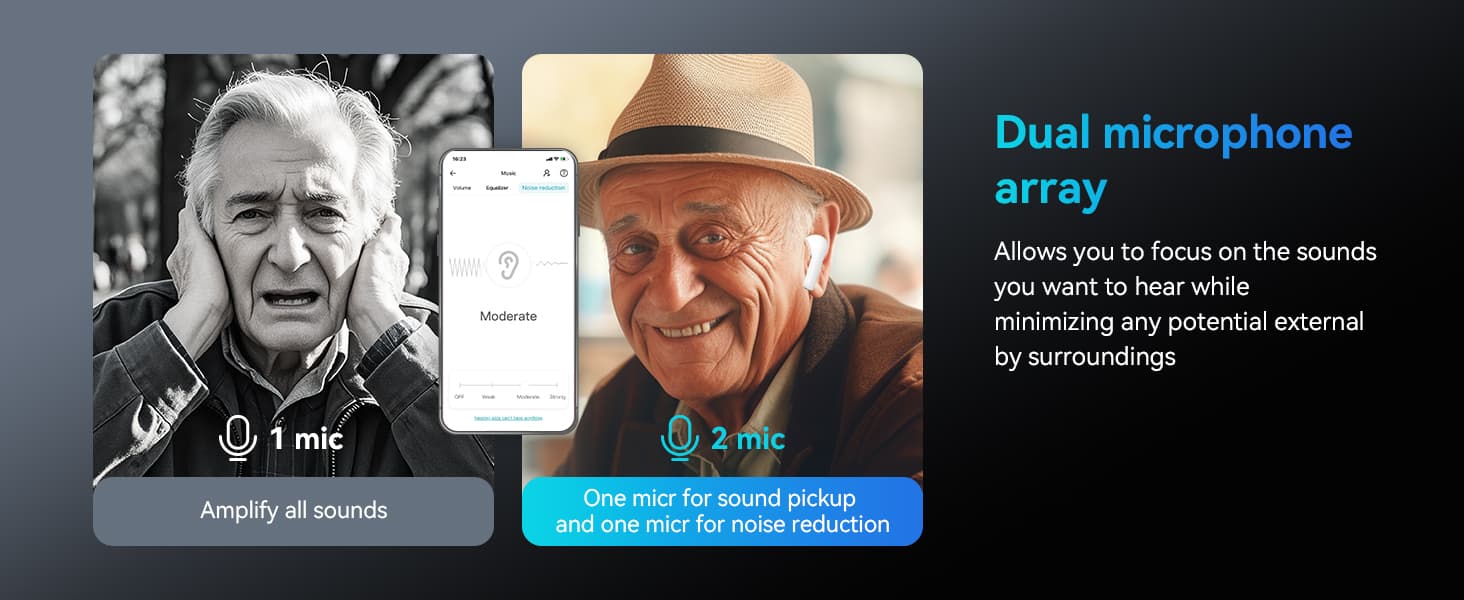
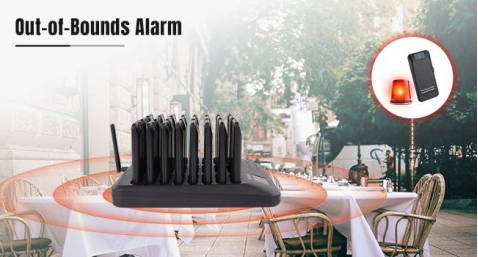

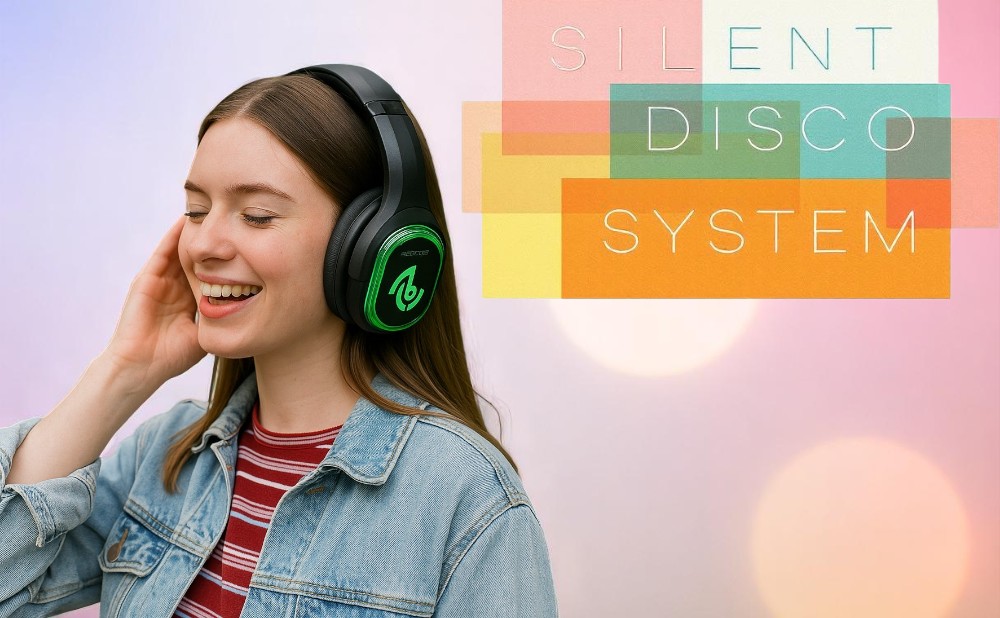
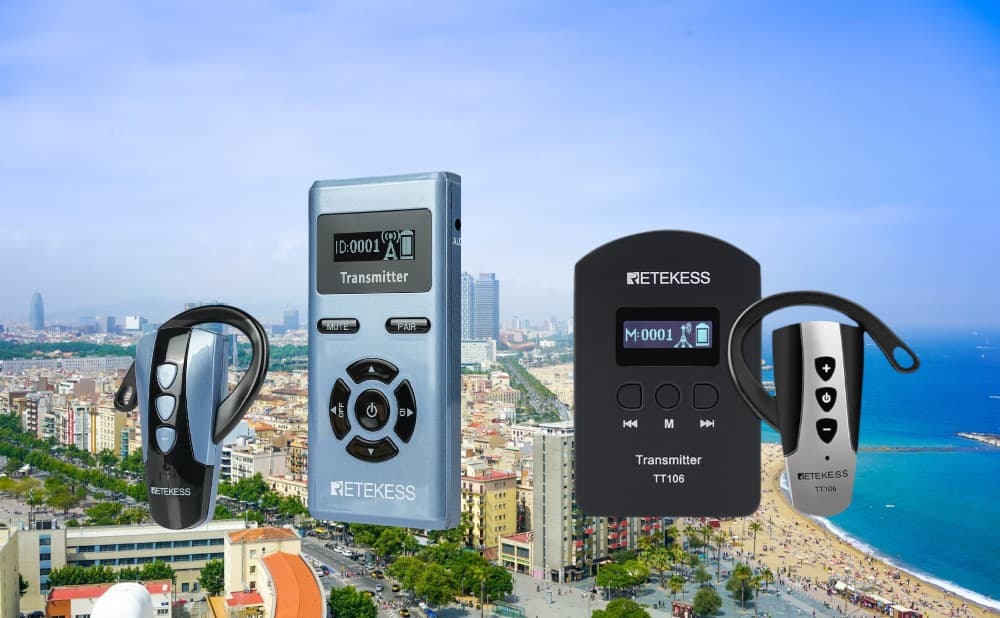
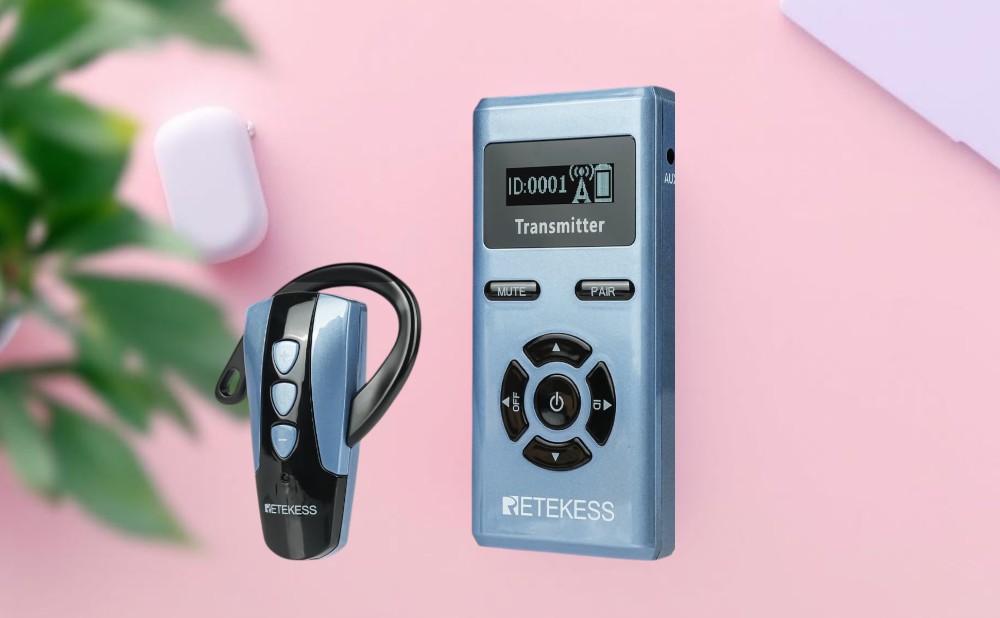





Comments (0)